Human activity is killing nature at an unprecedented rate. We are now experiencing the consequences in the form of a possible sixth mass extinction.

Chrysomallon squamiferum, also known as the volcano snail, sea pangolin or scaly-foot snail, is a deep-sea species that lives on hydrothermal vents. The sea pangolin is the only living creature known to build parts of its shell and scales from metals that come out of the boiling water vent. It has recently been classed as Endangered on the IUCN Red List due to undersea mining. Image by Chong Chen (CC BY-SA 3.0) via Wikimedia Commons
What is a mass extinction?
Extinction is a part of life, and animals and plants disappear all the time. About 98% of all the organisms that have ever existed on our planet are now extinct.
When a species goes extinct, its role in the ecosystem is usually filled by new species, or other existing ones. Earth's 'normal' extinction rate is often thought to be somewhere between 0.1 and 1 species per 10,000 species per 100 years. This is known as the background rate of extinction.
A mass extinction event is when species vanish much faster than they are replaced. This is usually defined as about 75% of the world's species being lost in a short period of geological time - less than 2.8 million years.
Dr Katie Collins, Curator of Benthic Molluscs at the Museum says, 'It's difficult to identify when a mass extinction may have started and ended. However, there are five big events that we know of, where extinction was much higher than normal background rate, and these are often used to decide whether we are going through a sixth one now.'
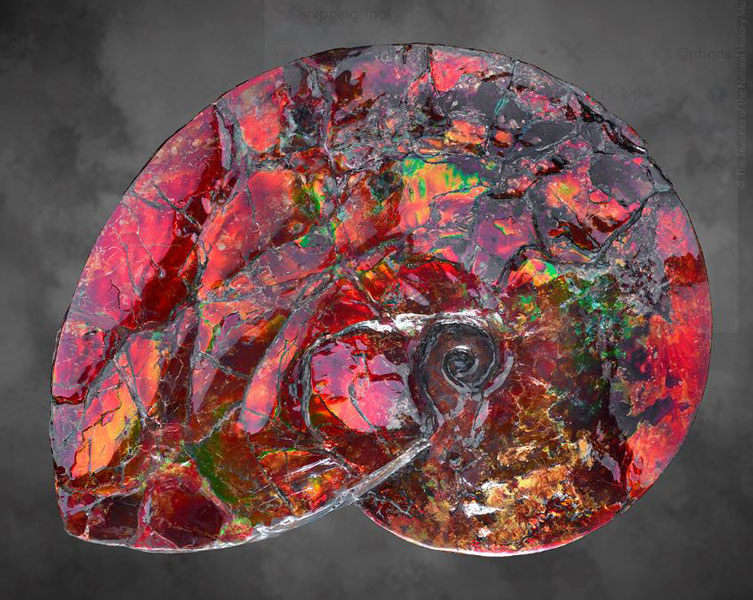
Placenticeras, an ammonite that lived and became extinct at the same time as the dinosaurs, 66 million years ago. Fossils of these extinct cephalopods can be found all over Asia, Europe and North and South America.
How many mass extinctions have there been?
In the last 500 million years, five great mass extinction events have changed the face of life on Earth. We know what caused some of them, but others remain a mystery.
- The Ordovician-Silurian mass extinction occurred 443 million years ago and wiped out approximately 85% of all species. Scientists think it was caused by temperatures plummeting and huge glaciers forming, which caused sea levels to drop dramatically. This was followed by a period of rapid warming. Many small marine species died out.
- The Devonian mass extinction event took place 374 million years ago and killed about three-quarters of the world's species, most of which were marine invertebrates that lived at the bottom of the sea. This was a period of many environmental changes, including global warming and cooling, a rise and fall of sea levels and a reduction in oxygen and carbon dioxide in the atmosphere. We don't know exactly what triggered the extinction event.
- The Permian mass extinction, which happened 250 million years ago, was the largest and most devastating event of the five. The Permian-Triassic extinction event is also known as the Great Dying. It eradicated more than 95% of all species, including most of the vertebrates which had begun to evolve by this time. Some scientists think Earth was hit by a large asteroid which filled the air with dust particles that blocked out the Sun and caused acid rain. Others think there was a large volcanic explosion which increased carbon dioxide and made the oceans toxic.
- The Triassic mass extinction event occurred 200 million years ago, eliminating about 80% of Earth's species, including many types of dinosaurs. This was probably caused by colossal geological activity that increased carbon dioxide levels and global temperatures, as well as ocean acidification.
- The Cretaceous mass extinction event occurred 66 million years ago, killing 78% of all species, including the remaining non-avian dinosaurs. This was most likely caused by an asteroid hitting the Earth in what is now Mexico, potentially compounded by ongoing flood volcanism in what is now India.

Triceratops was one of the last non-bird dinosaurs. They died out during the Cretaceous-Palaeogene mass extinction event, 66 million years ago.
What causes mass extinctions?
Past mass extinctions were caused by extreme temperature changes, rising or falling sea levels and catastrophic, one-off events such as huge volcanic eruptions or an asteroid hitting Earth.
We know about them because we can see how life has changed in the fossil record. For instance, a large part of Katie's work includes exploring extinction through fossils such as bivalves.
Katie says, 'Bivalves have been around for 500 million years, making them one of the oldest groups of fossils we can study and still see how they live and survive today. We get some really good continuous data from them all around the world.'
While fossils can tell us a lot about how life used to be on Earth, there are still many questions that remain unanswered.
'The Cretaceous-Paleogene extinction is the youngest mass extinction event, and probably the most studied,' Katie adds. 'We should understand the Cretaceous event pretty well, but many aspects of it, including the lead-in, the cause and the recovery, are all still areas of active research.'
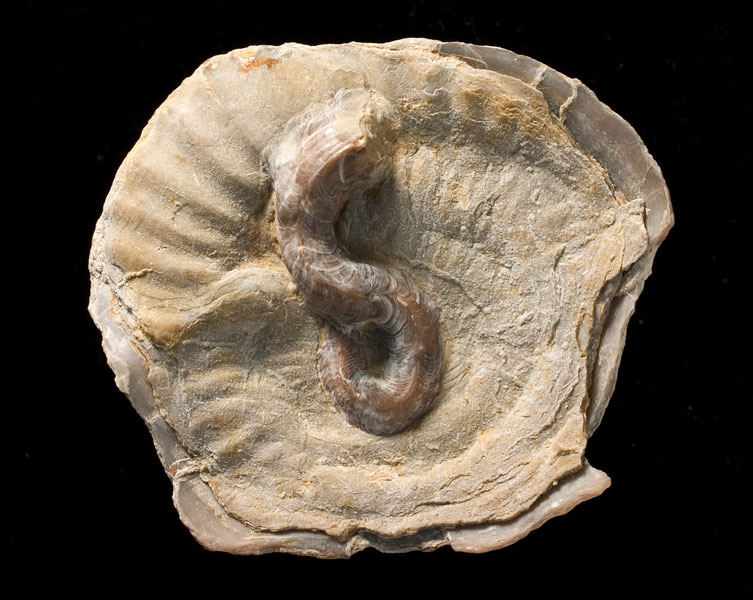
Bivalves are molluscs related to clams and oysters. These filter-feeding animals usually spend their lives buried in sediments, rocks or wood, and they fossilise when the sediments they are buried in harden into rocks.
Are we in a sixth mass extinction?
We are experiencing drastic changes to our planet, including extreme weather such as flooding, drought and wildfires.
Research, including some led by the Museum, shows humans are the cause of these changes. Since the Industrial Revolution, we have been putting pressure on nature by using its resources without supporting recovery.
For example, land use change is continuing to destroy swathes of natural landscapes. Humans have already transformed over 70% of land surfaces and are using about three-quarters of freshwater resources.
Agriculture is also a leading cause of soil degradation, deforestation, pollution and biodiversity loss. It is diminishing wild spaces and driving out countless species from their natural habitats, forcing them to clash with humans for resources or leaving them vulnerable.
Katie adds, 'Many large animals are culled because they are seen as a risk to humans. People will hunt predatory birds disproportionally as they consider them a threat to farming, although they mostly eat rabbits.
'A lot of wolves have been removed in North America because they're seen as predators of livestock and that's caused a trophic ecological cascade.'
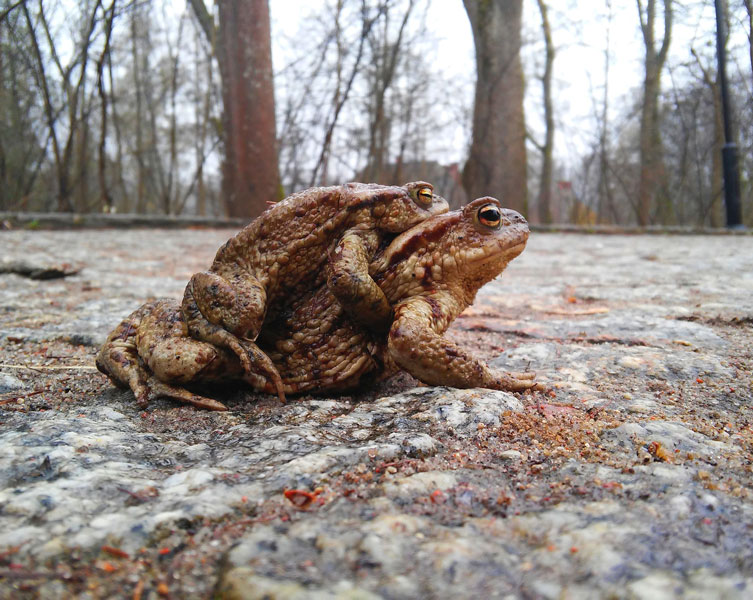
Cane toads are a notorious invasive species in Australia. They breed year-round and a female can lay up to 35,000 eggs at one time, and can thrive in a variety of environments. Image by bpn via Pixabay.
Invasive species, many of which are introduced by humans, are also threatening ecosystems all over the world. Introduced species compete with local species for resources and often diminish the quality of biodiversity in the area, sometimes causing extinction. These are just some of the devastating changes caused by humans.
All life on Earth is finely interwoven. This delicate balance has been established over millions of years. As one species becomes extinct, many other species are affected, putting a number of ecosystems in danger of collapsing.
Naturally, extinction occurs over hundreds and thousands of years which allows nature to slowly replace what has been lost. But humans have sped up this process to a dangerous rate.
Katie says, 'The current rate of extinction is between 100 and 1,000 times higher than the pre-human background rate of extinction, which is jaw-dropping. We are definitely going through a sixth mass extinction.'
Never before has a single species been responsible for such destruction on Earth.

Flooding in Yorkshire. As climate change increases, so do the number and severity of extreme weathers around the world. © Alan Harris (CC BY-NC-ND 2.0) via Flickr .
Could we stop a sixth mass extinction?
Mass extinctions are a large and complex issue. They can be slow burners, taking millions of years to unfold.
Right now, it seems likely we are experiencing a sixth, and it is undoubtably the result of human actions, including human-induced climate change.
'The floods and wildfires we're hearing about in the news now will become regular occurrences in 50 years' time,' says Katie. 'They will test the resilience of our buildings, infrastructures, transatlantic cables, satellites and more.
'These natural disasters are going to exacerbate existing inequalities, but it doesn't have to be that way. Research shows that if we change how we use natural resources now, the future could be a positive one for the next generation.
Katie says, 'If we can work on reducing the negative impact we've had on the climate, then other things will also improve, such as the number of species that are currently threatened by habitat loss.
'We need to work on how we access and use natural resources, including land management. Habitat loss is a huge problem and land use is tied in with that.'
Many believe the changes we need to see now can be achieved fastest by prioritising the protection and preservation of nature over the interests of financial systems.
Katie says, 'I know there is a lot of emphasis on individual action but most of the climate-altering pollution and fossil fuel burning is the responsibility of a small number of parties.
'It would be much more effective for individuals to put pressure on policymakers and businesses to reduce emissions and target companies that are major emitters.'
The future of our world hangs on our making what is perhaps the biggest international effort in history to reduce human impacts. We all have an active role to play, which requires deep transformation of our values, attitudes and behaviours.
Ask our scientists
Do you have a burning question about science or nature you want answered? Fill out the form below and we'll work with our scientists to answer some of them in our online magazine Discover or on our YouTube channel.
This new feature is in beta. Find out more.

Protecting our planet
We're working towards a future where both people and the planet thrive.
Hear from scientists studying human impact and change in the natural world.
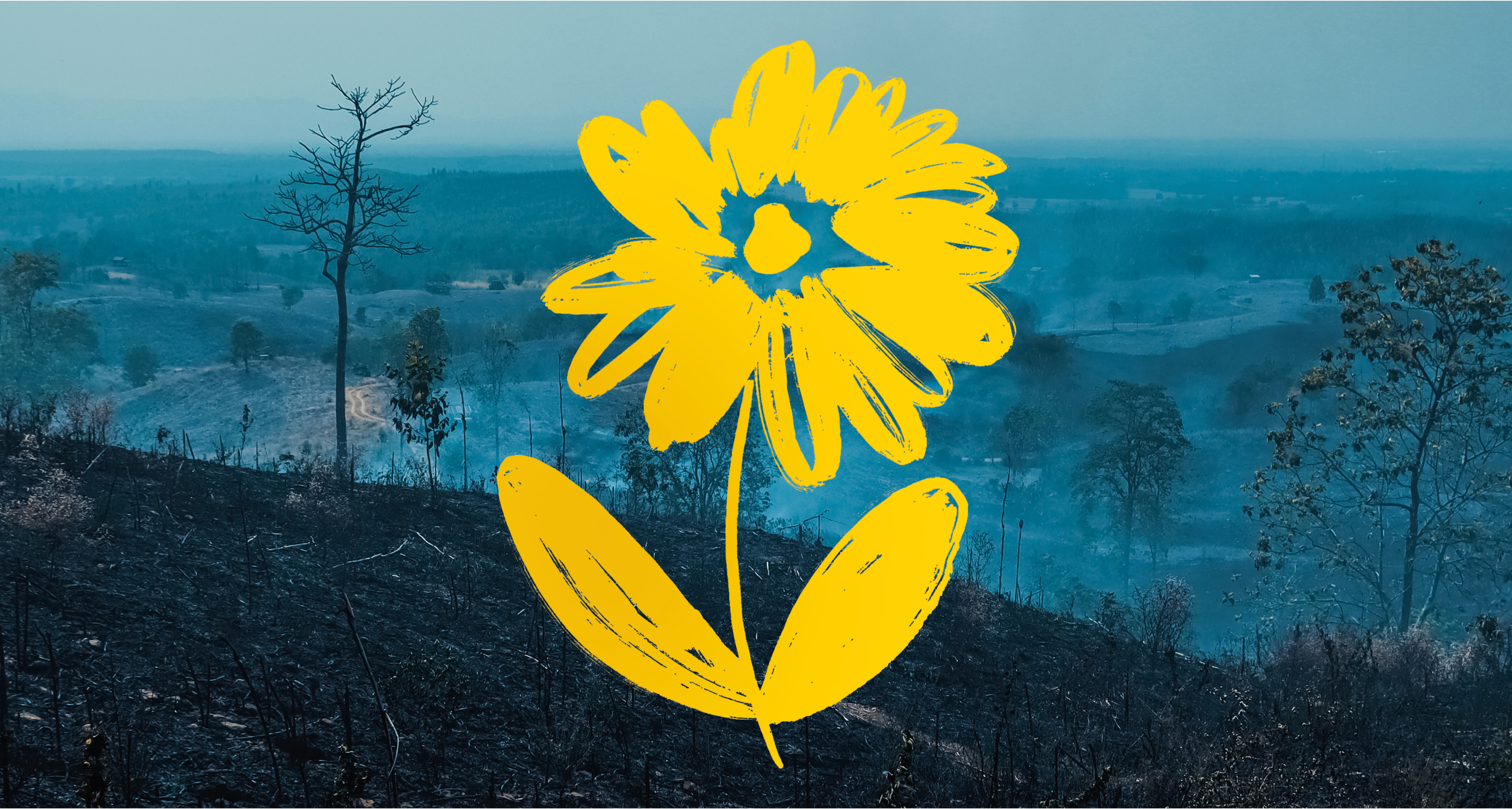
Fixing Our Broken Planet
Discover science-backed, hopeful solutions that will help us to create a more sustainable world.
New gallery open now.

Concerned about the planet’s future?
Explore our on-demand course on the Biodiversity Crisis and learn how you can help.
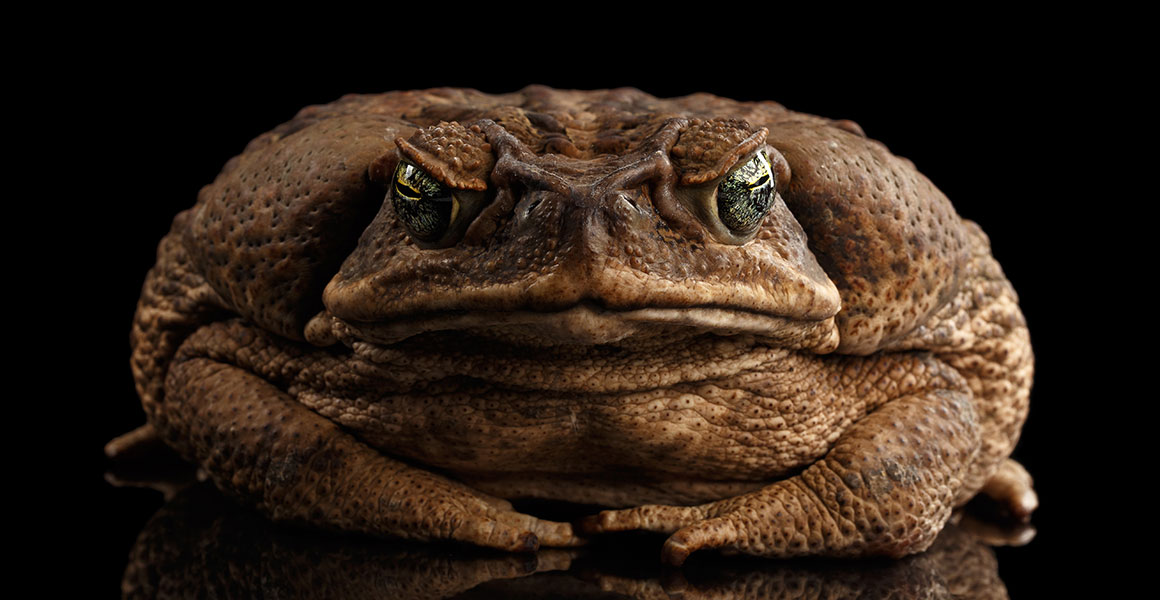



Don't miss a thing
Receive email updates about our news, science, exhibitions, events, products, services and fundraising activities. We may occasionally include third-party content from our corporate partners and other museums. We will not share your personal details with these third parties. You must be over the age of 13. Privacy notice.
Follow us on social media